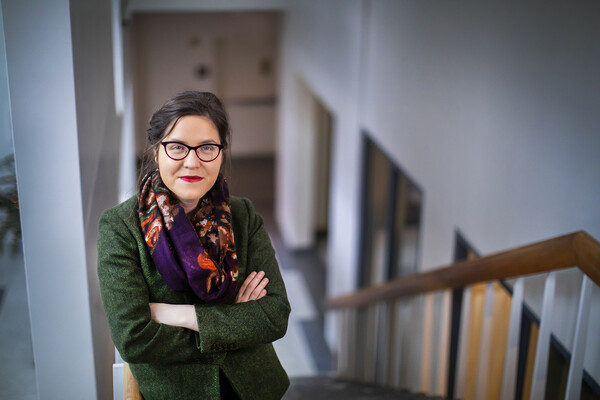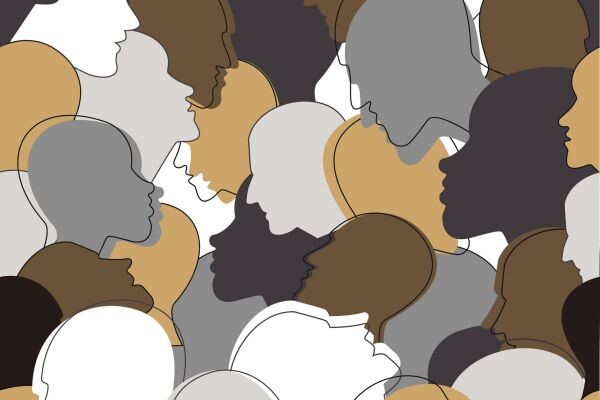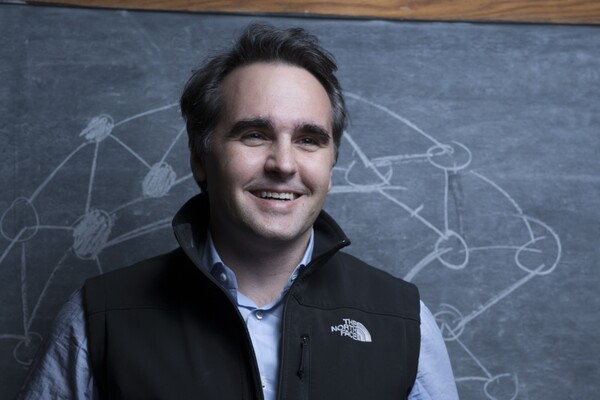 Jessa Lingel, an assistant professor at the Annenberg School for Communication.
Jessa Lingel, an assistant professor at the Annenberg School for Communication.
Articles from Julie Sloane
 Jessa Lingel, an assistant professor at the Annenberg School for Communication.
Jessa Lingel, an assistant professor at the Annenberg School for Communication.

Muira McCammon is a doctoral student at the Annenberg School for Communication. She is also working toward a master’s degree from Penn Law.
Understanding how information flows into and out of Gitmo
Emile Bruneau, director of the Peace and Conflict Neuroscience Lab at the University of Pennsylvania’s Annenberg School for Communication and the lead scientist for Boston-based Beyond Conflict Innovation Lab.
A simple intervention enduringly reduces anti-Muslim sentiment

Researchers from the Annenberg School for Communication at Penn discovered that “dehumanization” and “dislike” are processed by two completely separate brain regions, which suggests that they may be two different psychological processes.
In the brain, ‘dislike’ and ‘dehumanization’ are not the same thing

Damon Centola is a professor in the Annenberg School for Communication and the School of Engineering and Applied Sciences and director of the Network Dynamics Group.
(Image: Courtesy of Annenberg School for Communication)